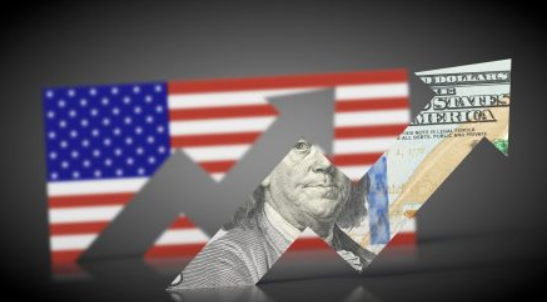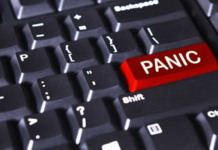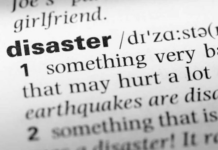In order to control inflation, which has risen much over its objective, the Federal Reserve has adopted a hawkish stance throughout the past year.
The goal inflation rate is 2%, yet this summer, inflation peaked at 9.1%. As a result, the Fed has been raising interest rates at an unprecedentedly rapid pace, frequently in increments of 75 basis points.
The exceptional economic scenario we are in has a number of root causes at the highest levels. We have endured a significant expansionary monetary policy known as “quantitative easing” since the Great Recession of 2008, where interest rates are decreased to boost economic activity.
This was made worse in March 2020 when COVID caused the economy to come to a complete halt. The only course of action left to the Fed at this point was to cut interest rates all the way to zero.
As a result, the economy experienced a spike in demand during the pandemic, but supply networks were badly affected. In addition to this, the war in Ukraine, a major government stimulus program, and a campaign against fossil fuels have all raised prices.
As we’ve seen, inflation became a significant issue after that, and current interest rates range from 3.75% to 4.25%. According to some Federal Reserve board members, rates may need to rise as high as 5.5% before they start to decline again in order to control inflation.
The present federal funds rate has resulted in significant market-wide increases in borrowing rates. The rate that banks charge those with the best credit, known as the Prime Rate, is 7%. Analysis shows that, given the existing levels of debt, this is “unsustainable.”
We can see that the amount of debt in the United States is around 3.6 times more than GDP. This suggests that if interest rates stay high, it will be exceedingly difficult to service this debt.




